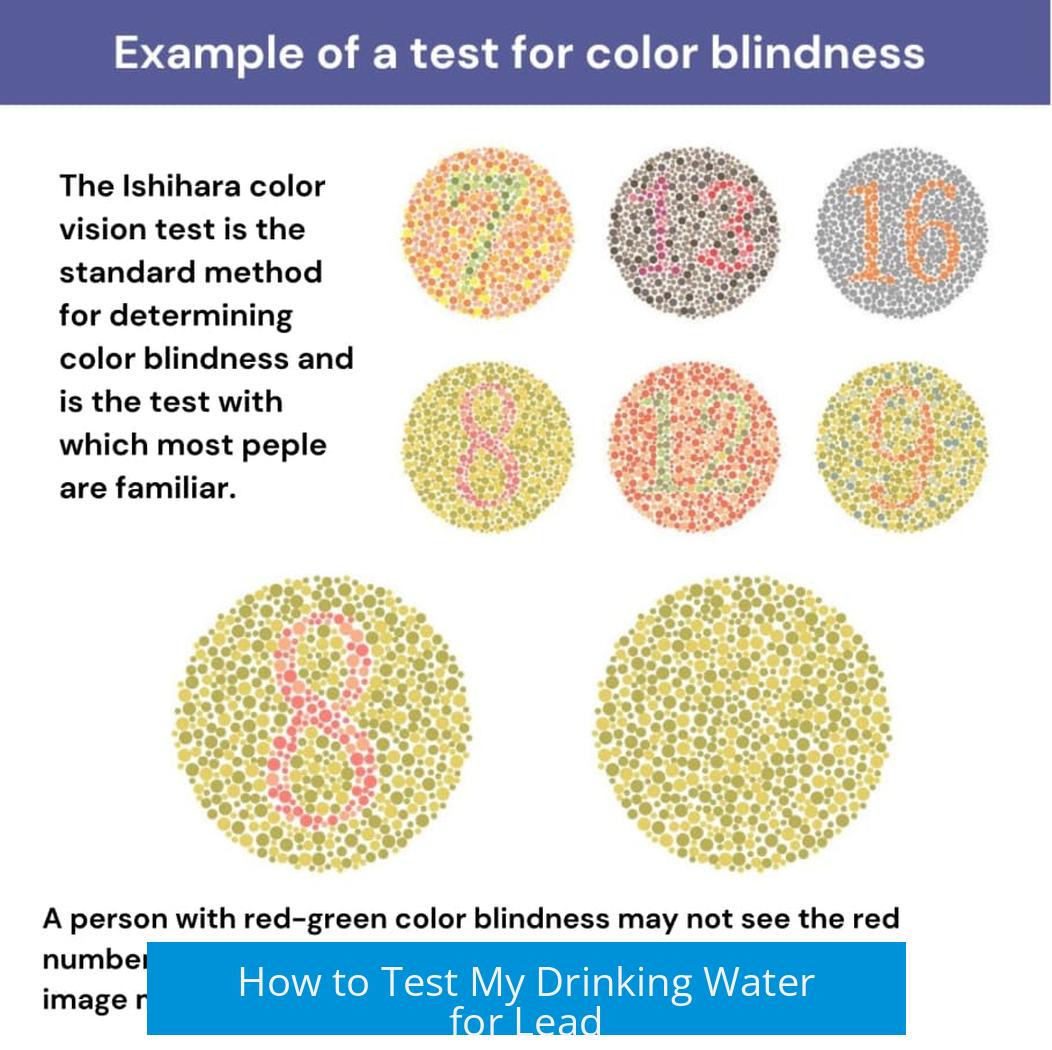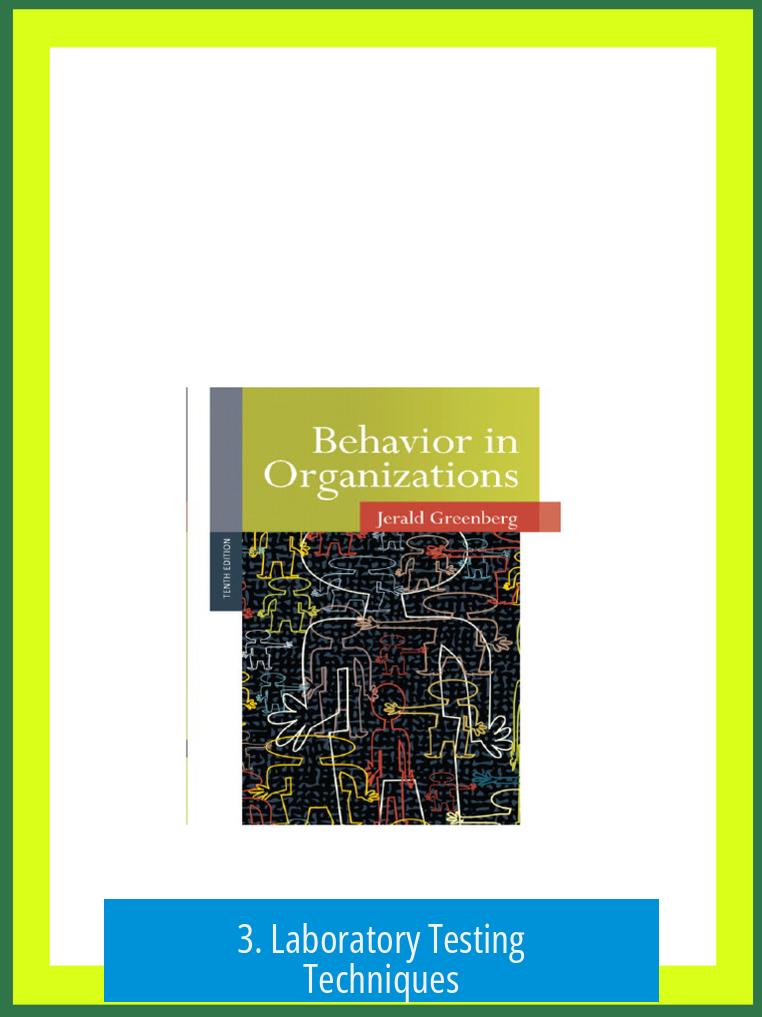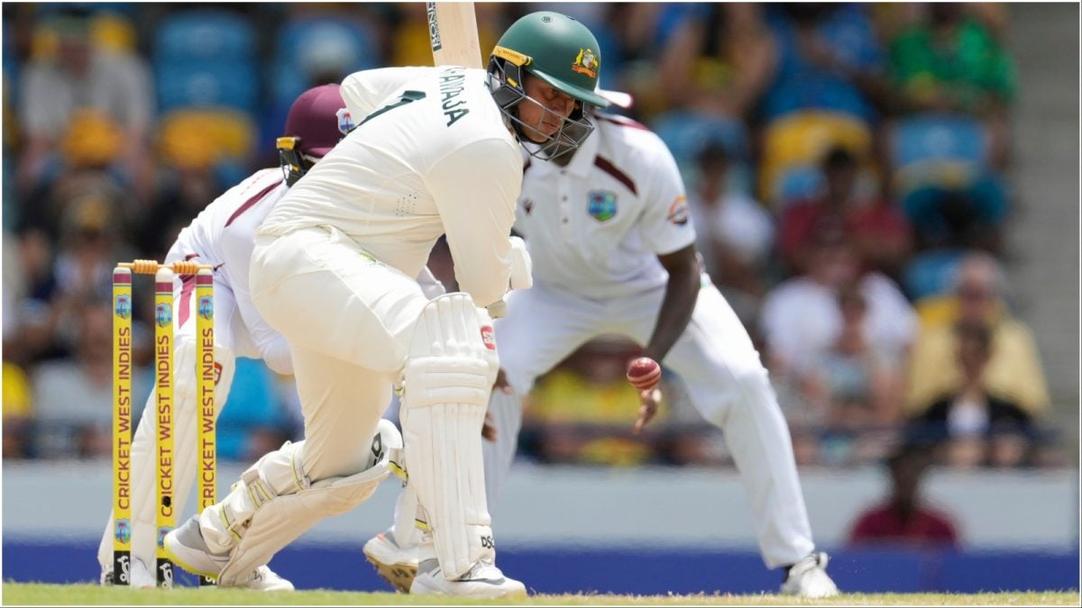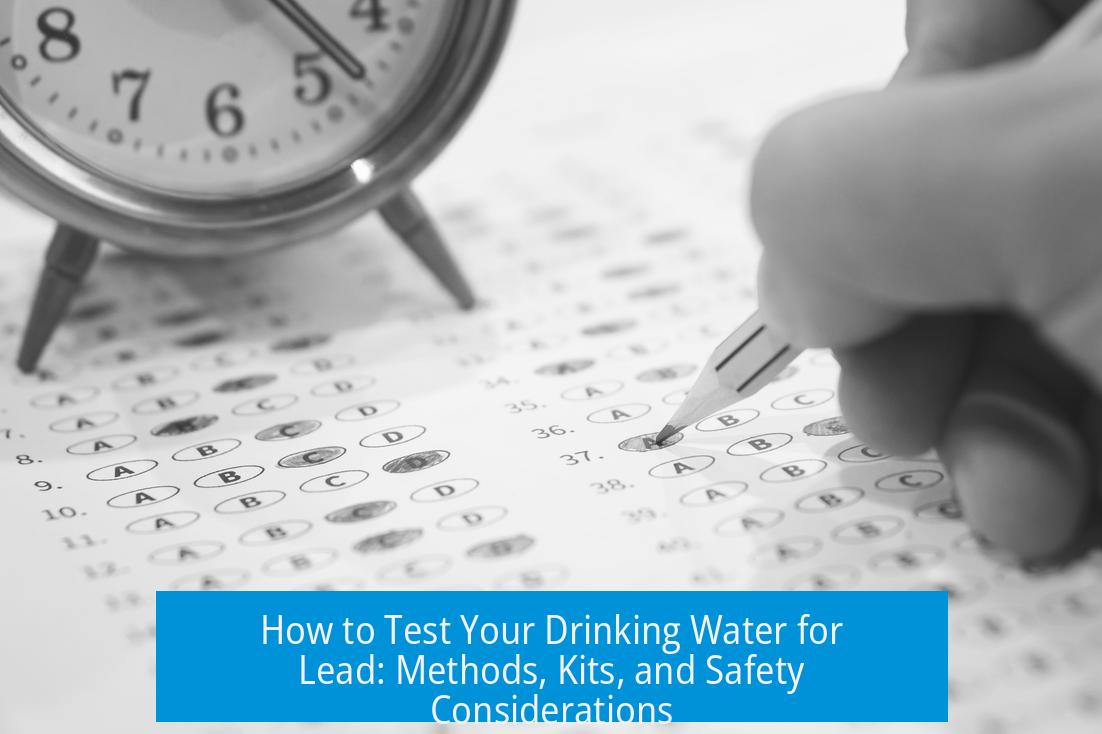How to Test My Drinking Water for Lead?

Testing drinking water for lead involves checking official contaminant reports, using certified lab testing, and considering medical blood tests for lead exposure. This approach ensures accurate detection and evaluation of potential lead risks.
1. Review Official Water Quality Reports
Start by examining contaminant data reported to the EPA. If you use a private well, visit the EPA private well page for relevant information. For public water systems, check the Consumer Confidence Reports online. These reports contain test results and can indicate the presence of lead or other contaminants.
2. Home Testing Kits vs. Laboratory Testing
Home lead testing kits are available but may lack precision. The recommended method is to send water samples to an EPA-certified laboratory. Certified labs follow standardized methods ensuring accurate lead measurement. You can find local EPA-certified labs through this EPA database.
3. Laboratory Testing Techniques

Advanced instruments such as ICP-MS (Inductively Coupled Plasma Mass Spectrometry) or ICP-OES (Optical Emission Spectrometry) provide precise lead quantification. ICP-MS offers highly sensitive and accurate results, while ICP-OES can yield semi-quantitative estimates within 20 minutes. Access to such instruments might be available through academic institutions or certified labs.
4. Medical Blood Lead Testing
Testing water alone does not reflect lead exposure accurately. Lead absorbed by the body accumulates in the blood. Consulting a healthcare provider for a blood lead test provides a more direct measure of lead exposure and potential toxicity. This step is critical if lead presence in water or environment is suspected.
5. Considerations Regarding Lead Pipes and Water Treatment
Lead pipes can be safe if the water they carry is properly treated. A protective layer of lead oxide (PbO) forms on pipe surfaces, reducing lead leaching. Nevertheless, untreated or acidic water can corrode pipes and release lead into drinking water. Verification through testing is essential if lead plumbing materials are present.
Additional Resources

For detailed scientific information on lead risks and safety, the National Institutes of Health hosts a comprehensive article at PMC4888135.
Key Takeaways
- Check EPA reports for initial water quality data.
- Use EPA-certified labs for accurate lead testing.
- Advanced instruments like ICP-MS provide reliable lead measurement.
- Blood testing is essential to assess actual lead exposure.
- Proper water treatment limits lead leaching from pipes.
How to Test My Drinking Water for Lead?
Wondering how to test your drinking water for lead? The best way is to have it analyzed by an EPA-certified laboratory. While many home kits promise quick answers, labs deliver reliable results you can truly trust. Let’s dive into the best steps and practical tips for getting your water tested and ensuring your family’s safety.
Lead in water is no joke. Yet, understanding your risk and checking your water correctly is surprisingly straightforward. Ready to become a water detective? Here’s how the pros approach this test.
Start by Checking Official Reports on Your Water

Before rushing to buy kits or sending samples, do a quick hunt for existing test data. If you rely on a private well, you can browse contaminant reports on the EPA’s website (http://www.epa.gov/privatewells). Public water users? The Consumer Confidence Reports at http://www.epa.gov/ccr will guide you.
These reports often contain lead levels and other contaminants for your particular area, offering a handy first clue. Imagine it like peeking into your water’s health history before the test.
Home Water Testing Kits: Convenience vs Accuracy
Home testing kits sell well—they seem quick and easy. But here’s the twist: they generally fall short on accuracy. These kits might tell you if lead is lurking above a broad threshold but often miss subtle or low concentrations.
For a true diagnosis, go for testing by an EPA-certified lab. These labs use certified methods to detect lead down to tiny parts per billion. You can easily find labs near you using EPA’s directory here: EPA Lab Certification Programs.
Think of home kits like a quick sniff test, and labs as the detailed blood work of water testing.
Laboratory Testing Options: The Tech Behind the Curtain
If you have a science-savvy friend or local grad student, you’re in luck! Advanced tools like ICP-MS (Inductively Coupled Plasma Mass Spectrometry) or ICP-OES let you measure lead quickly and precisely. These methods ionize water samples and read metals at trace levels.
For example, ICP-OES gives a ballpark figure within about 20 minutes—accurate to plus or minus 20-80%. Not bad for such a speedy test! This tech isn’t just lab jargon; it explains why a certified lab’s results trump home kits.
Thinking Beyond the Tap: Why Your Blood Matters Too
Here’s a fact that might surprise you: it’s less about what’s in your water and more about your blood lead levels. Even perfectly tested water won’t tell the full story of exposure.
Doctors can run blood tests to detect lead poisoning. It reveals your total exposure from all sources, including paint, dust, soil, and drinking water.
Testing both your water and your blood provides the complete picture. Heavy metal poisoning isn’t something to dismiss lightly—proactive testing protects health.
Lead Pipes: Should You Panic?
For those worried about aging plumbing, here’s some news: lead pipes can be safe—if the water is treated properly. A protective layer of lead oxide (PbO) actually forms on pipe surfaces to reduce lead leaching.
But—and it’s a big but—this depends on good water chemistry treatment. Without it, pipes can leach harmful levels of lead. So, if you live in a home with old pipes, testing becomes even more crucial.
Where To Learn More About Lead Safety
Still feeling unsure? Scientific research on lead is extensive and clear about risks. For a deep, trustworthy source, check this detailed review: Lead Toxicity & Safety Science.
It’s a thorough look at why lead deserves your attention—not to scare you, but to inform smart decisions.
Putting It All Together: Practical Tips
- Check public or private water contamination reports first. This might answer your questions without extra effort.
- Skip or double-check home kits. Use them only as a quick filter, not final say.
- Send water samples to an EPA-certified lab. Look for labs near you, and follow their instructions for sample collection.
- Consider advanced testing if you know local experts or academic labs. It’s an affordable option that offers fast, detailed results.
- Get a blood lead test from your doctor. Knowing your own exposure is vital beyond water data.
- If your home has old plumbing, be especially vigilant about testing.
- Stay informed using trusted science-backed sites.
Testing your drinking water for lead isn’t just about ticks on a checklist. It’s about peace of mind and health. Bad luck can’t be controlled, but smart testing helps you control risk.
So, want to keep your water safe? Use reliable testing methods, consider medical tests too, and stay curious. Lead might be sneaky, but you’re smarter. Armed with these tips, you can drink with confidence—or know when to fix what’s wrong.
How can I find out if my water source has lead contamination?
Check the EPA’s reports for your area. For private wells, visit the EPA private well page. For public water, check the Consumer Confidence Reports (CCR) online. These sources list reported contaminant levels.
Should I use a home testing kit or send water to a lab?
Home kits are available but less reliable. An EPA certified lab provides accurate results for lead testing in water. You can find certified labs in your state through the EPA website.
Are there quick ways to test water for lead besides labs?
If you know someone with access to ICP-MS or ICP-OES equipment, those methods can give a fast, semi-quantitative estimate of lead in water within 20 minutes.
Is testing water the only step to check for lead exposure?
No. Blood lead testing is crucial too. Water may contain lead, but your blood levels show actual exposure. See a doctor for a blood test alongside water testing.
Are lead pipes always unsafe for drinking water?
Lead pipes can be safe if water is treated correctly. A protective layer forms inside pipes that reduces lead leaching, but proper water treatment is essential to maintain safety.





Leave a Comment